Shipping quote request
We’ll calculate the shipping price as soon as getting your request.
Shipping quote request
We’ll calculate the shipping price as soon as getting your request.
You May Also Like
Sponsored Products
Domingo Millan, Composition, 1986, Mixed Media on Paper
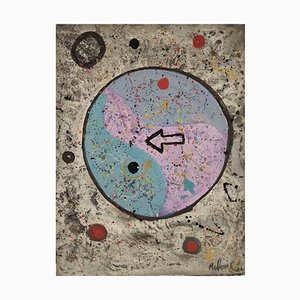
Luigi Veronesi, Costruzione TH9, 1986, Color Serigraphy on Paper

Natalia Roman, Copernicus Sunrise Study, 2022, Acrylic on Watercolor Paper
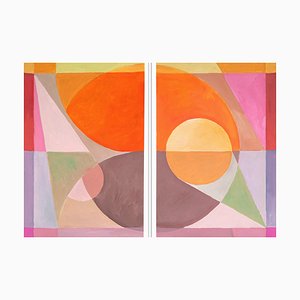
Claude Adrian Caponnetto, Composition, Charcoal on Paper, 1970s

More from this Dealer
Green-Gray Stoneware Vase by Carlo Zauli
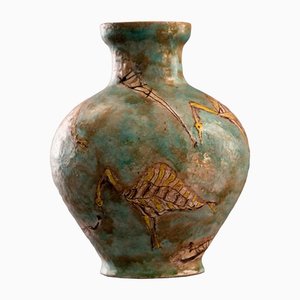
Renato Guttuso, Portrait of a Woman, 1980s, Color Engraving
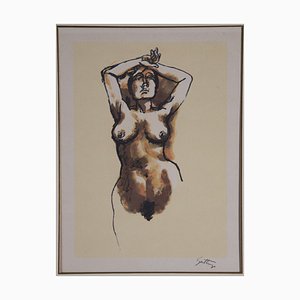
Rattan and Midollino Armchairs, 1950s, Set of 2

Cyclone Chandelier by Gaetano Sciolari, 1970s
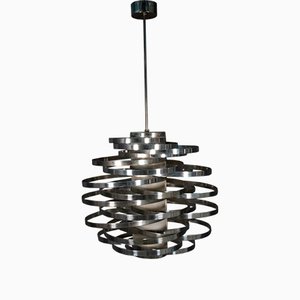
Camillo Innocenti, Middle Eastern Scenes, Watercolors, 1926, Framed, Set of 2
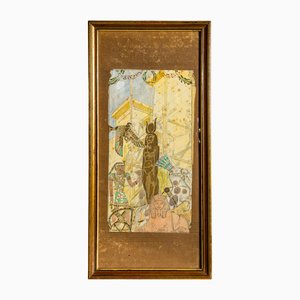
Guy Harloff, 1954, Gouache & Pastel & Paper
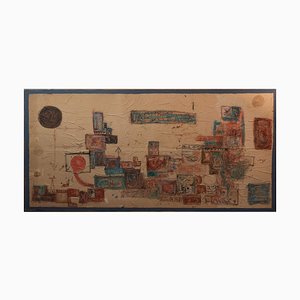
Francesco Vinea, Portrait of a Young Gentlewoman, 1888, Oil on Panel, Framed
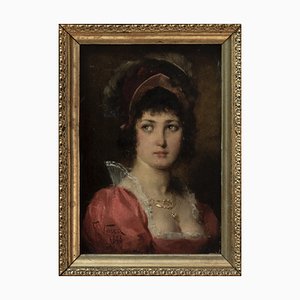
Luciano Ventrone, Hand with Lightbulb, 1976, Oil on Canvas
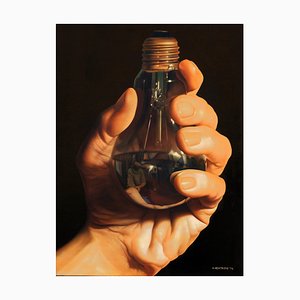
Henry Moore, Heads, Figures and Ideas, 1955, Lithograph
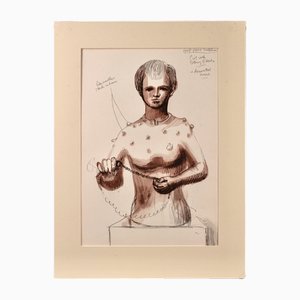
Pastel by Claudio Verna, 1980s
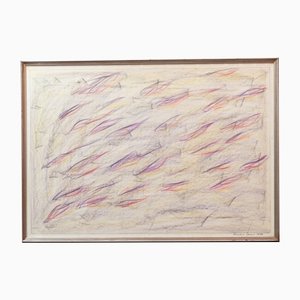
Various Japanese Artists, Figurative Compositions, 19th Century, Colored Engravings, Set of 8
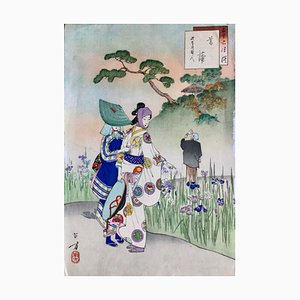
Still Life, 1900s, Pencil on Paper, Framed
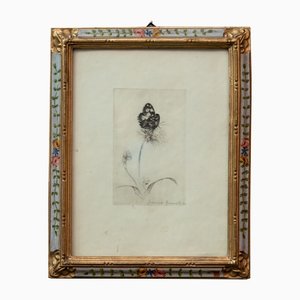
Italian Table Lamp from Stilnovo, 1960s
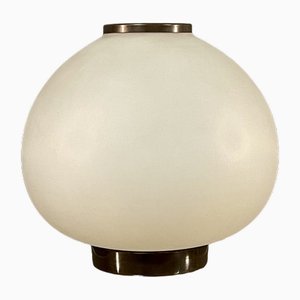
Gold Leaf Gilt Frame by Salvator Rosa, 1600s
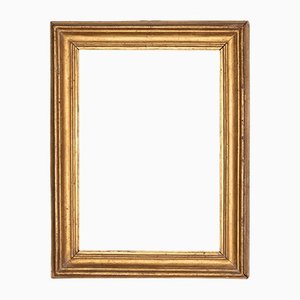
Hiroshi Yasukawa, Abstract Composition Painting, Oil on Canvas
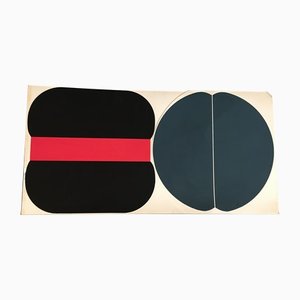
Umberto Carabella, Footballer Carlo Galli, 1955, Oil on Canvas
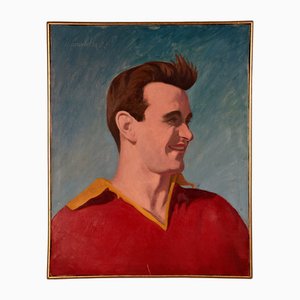
Antique Italian Giltwood Frame by Salvator Rosa, 1770s
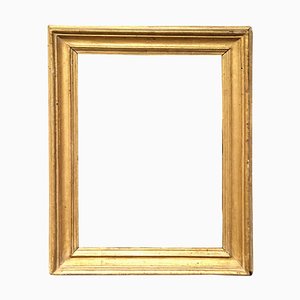
George Lance, Seated Figure, 19th Century, Oil on Canvas
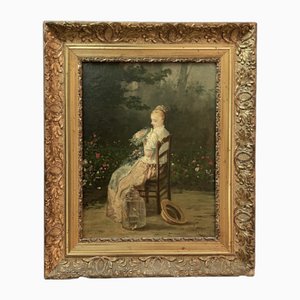
Vintage Italian Table Lamp from Stilnovo, 1960s
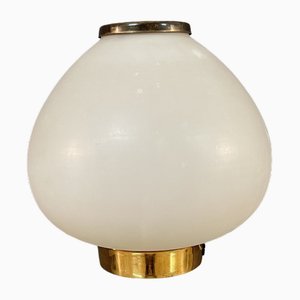
Émile Baes, Noblewoman, 1890s, Pastel, Framed
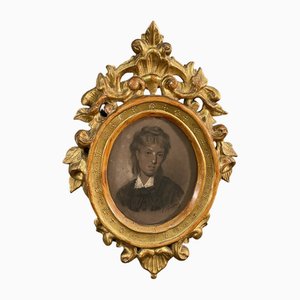
More Products
Get in Touch
Make An Offer
We noticed you are new to Pamono!
Please accept the Terms & Conditions and Privacy Policy
Get in Touch
Make An Offer
Almost There!
To follow your conversation on the platform, please complete the registration. To proceed with your offer on the platform, please complete the registration.Successful
Thanks for your inquiry, someone from our team will be in touch shortly
If you are a Design Professional, please apply here to get the benefits of the Pamono Trade Program